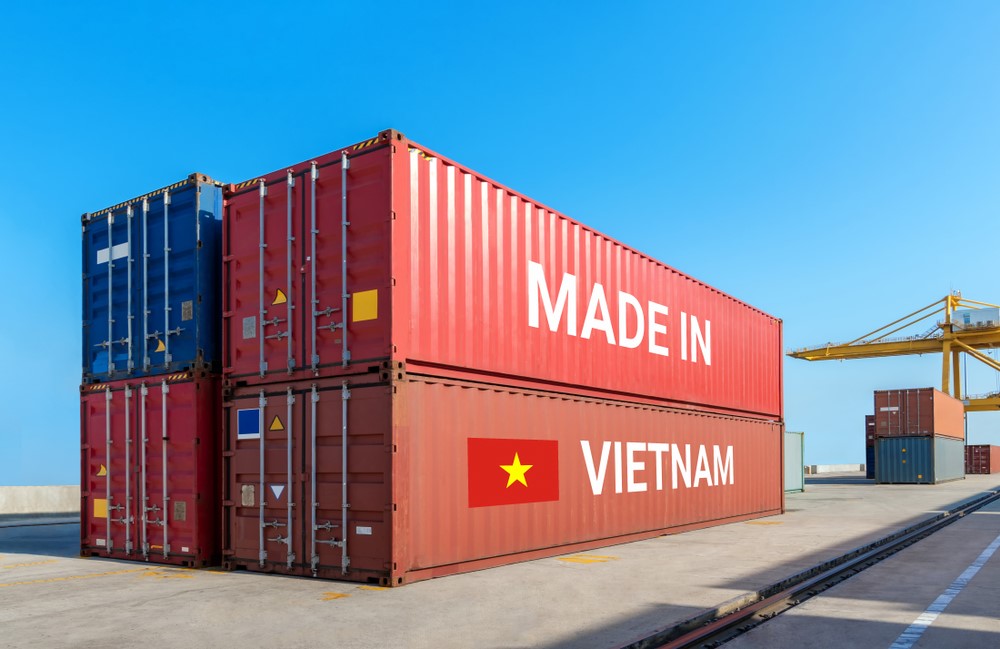
Vietnam industrial keeps moving up the value chain
Explore the booming industrial real estate market in Vietnam, an emerging hub for manufacturers globally due to its skilled workforce and cost-effective operations.
Industrial real estate in Vietnam continues to perform, as it moves up the value chain and attracts manufacturers seeking a skilled, but lower-cost workforce.
The nation’s economy proved resilient in 2023, with GDP growth of just over 5%, putting it amongst the best performers in the region, and Standard Chartered expects growth of 6.9% this year.
Meanwhile, Vietnam is attracting investment from manufacturers looking to lower costs and diversify their supply chains. Manufacturing salaries have risen in the past five years, but Vietnam is still cheaper than Thailand or Malaysia. Manufacturing wages last year were only one-quarter of those in China.
This wage disparity means that Chinese companies have been amongst the most enthusiastic investors in Vietnam, alongside Singaporean and Japanese firms. Since the signing of an EU-Vietnam free trade agreement in 2020, investment from Europe has also increased, with the Netherlands, France and Germany leading the way.
However, Vietnam manufacturing is not just benefitting from lower wage costs, it is increasingly focused on higher value products. For example, exports of computers and other electronic products has doubled in less than a decade.
“This reflects Vietnam’s move up the value chain as an export-oriented economy for high value-added products,” says John Campbell, head of industrial services at Savills Vietnam.
In September, Apple finalised the relocation of 11 of its audio device production facilities to Vietnam, marking a significant shift in the company’s global supply chain strategy. Currently, Apple suppliers such as Foxconn operate 32 factories across the country.
Meanwhile Samsung has developed its largest R&D centre in Southeast Asia in Hanoi, while Intel is expanding the second phase of a chip verification plant in Ho Chi Minh City, investing a total of $4 billion.
Vietnam’s industrial market can be broadly divided into two zones, a northern one around Hanoi and a Southern one around Ho Chi Minh City. Land prices for factory and warehouse development have risen remarkably, 30% in the north and 15% in the south last year.
“Given limited stock and high land prices, some of the first multi-storey factories and warehouses in Vietnam are being built outside of Ho Chi Minh City,” says Campbell.
As well as manufacturing, growth in e-commerce is boosting the logistics sector. Vietnam online retail sales more than doubled in the five years to 2023.
As in other markets across the world, the growth of data centres is set to be an exciting addition for Vietnam, driven by e-commerce, cloud computing and 5G. Vietnam’s data centre market is forecast to grow by more than 10% pa until 2028.
The industrial real estate landscape is set to be transformed by Vietnam’s ambitions to hit net zero by 2050 and forward-thinking local firms are creating ESG-forward industrial parks.
Further reading:
Savills Vietnam industrial
Contact Us:
John Campbell



